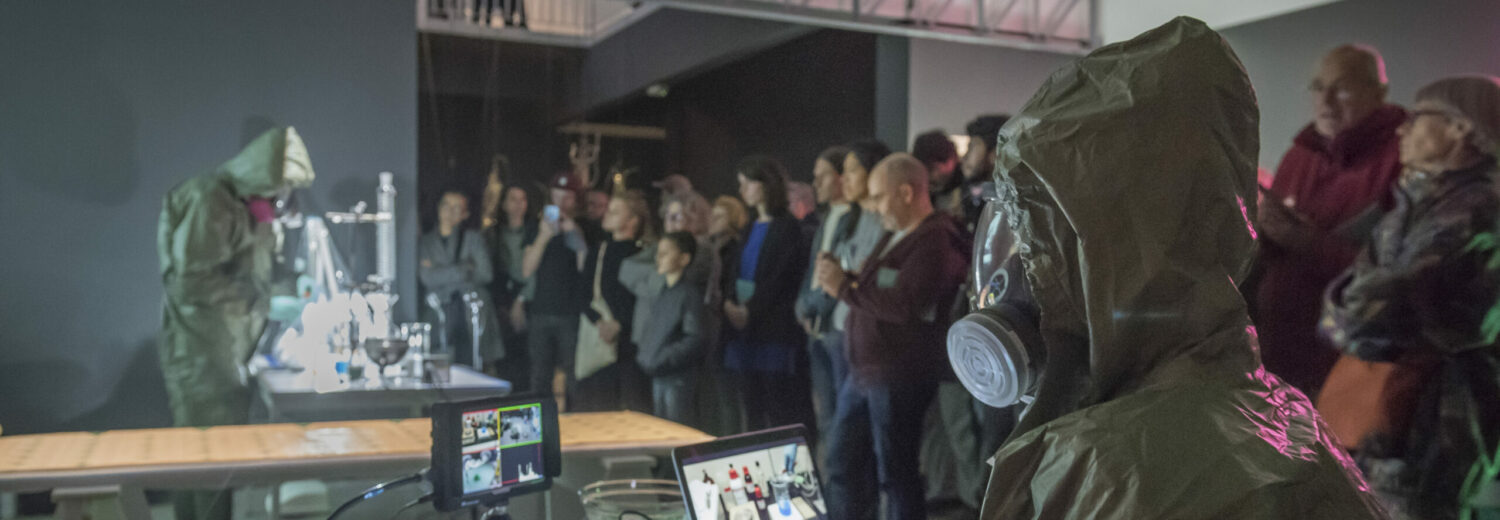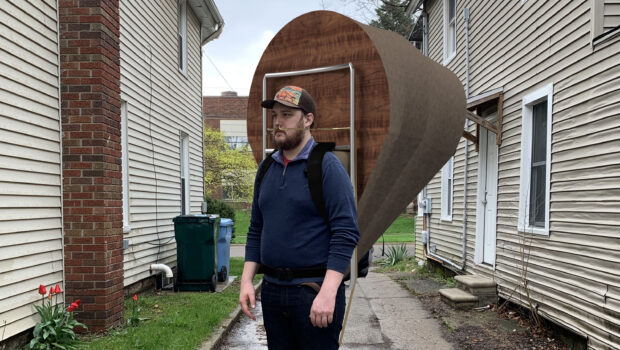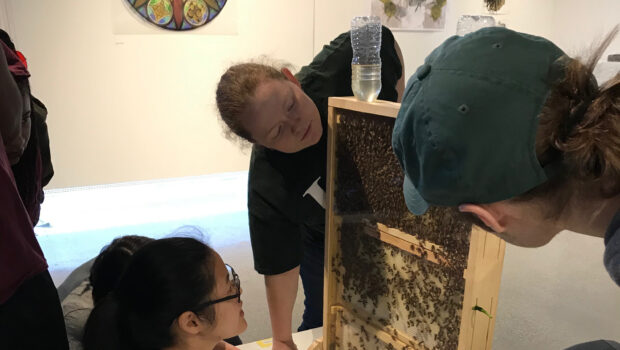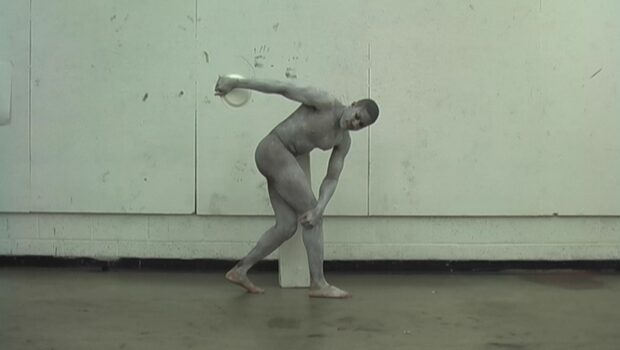
TEACHING
Teaching Philosophy
Art and technology are inextricably linked; as an educator, I teach students about the historical origins and references from which art and technology are derived. At the onset of introductory courses, I begin with a lecture that illuminates these concepts. There is a rich history behind the art and technology connection that dates back thousands of years. A caveman with a story to tell about a recent hunt painted a bison on the dark wall of a cave. Gathering his friends together, the caveman led them to this darkened space. It is here, in that damp cave, he illuminated the figure of the bison and began to tell his story using the ancient tools of fire and pigment. Contemporary creative practice is derived from the caveman’s origins. Recognizing this history is critical as it highlights the connections among communication, art, technology and humankind.
As an educator, I engage students in discussions not only about the work they create, and the technology they use, but also encourage them to question the broader social implications of creating art in this technological age. What is the role of the artist’s voice? What are the social consequences of producing work in the new mediascape? How does an artist use this electronic media? Is there a difference between an artist working today versus an artist who lived one hundred years ago?
I bring ideas of Intermedia and an emphasis of an epistemological methodology into all of my teaching. These philosophies support collaboration among media and other disciplines, without situating one art form over another. They are concept-driven, intermixing theoretical considerations with art practices. Introductory courses command a more rigid structure, while intermediate and advanced courses emphasize trans-disciplinary investigations, research and praxis. I expect that all students produce a multitude of work, and I attempt to foster an environment that is conducive to the exchange of feedback and ideas from all class participants.







